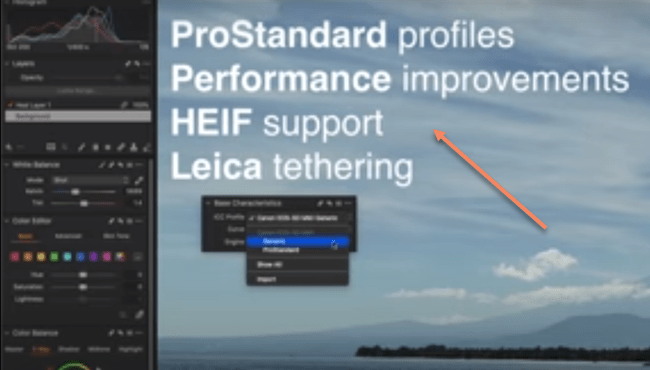
- DXO OPTICS PRO VS CAPTURE ONE HOW TO
- DXO OPTICS PRO VS CAPTURE ONE FULL
- DXO OPTICS PRO VS CAPTURE ONE DOWNLOAD
There’s no visible color bleeding and overall sharpness & detail look quite good, at least in my humble opinion (click image for larger views): Click on the pic for larger viewing options: These settings typically resemble the out-of-camera Provia settings of the Fuji X series. This Silkypix 5 version of the demo file uses standard default settings, except for the film simulation choice, which was set to Portrait Color 2 (PC2) and “V4 compatible”. This means that the user needs to manually adjust exposure settings, shadows & highlights and tonality when importing DR200% or DR400% X-Trans RAW files. Instead, it’s simply pushing up exposure by 1 EV (DR200%) or 2 EV (DR400%), sacrificing highlights in the process. Here’s a screenshot with a crop:īy default, C1 apparently does NOT adapt a RAW image’s tonality to match the camera’s DR settings. Color bleeding in the street sign has almost disappeared. The Capture One 7.0.2 version of the demo file seemingly reveals more detail and appears sharper when using the program’s default settings.


So let’s get right to it, you may again click on the pic for larger viewing options:
DXO OPTICS PRO VS CAPTURE ONE FULL
Many X-Trans sensor users also put their hopes in Capture One (C1), a competing RAW converter with plenty of pro appeal that offers full X-Trans support in its current version 7.0.2. Luckily, Adobe has since updated its demosaicing in Lightroom 4.4: Quite understandably, some paying Adobe customers are not content with such results. Again, click on the pic for larger views:Īs you can see, Lightroom’s demoasicing quality is indeed questionable, exhibiting blurry details (the so-called “watercolor effect”) and strong color bleeding in the green/white street name sign. Lightroom/ACR recognizes the camera’s DR settings (stored as metadata in the RAW file) and automatically compensates (at least partially) for it in its default import settings. Now that our benchmark image is established, let’s have a look at its Lightroom 4.3 version. Click on it to go to Flickr for a full-size viewing option: Here’s a screenshot showing a 100% crop of this Provia JPEG. Let’s instead make this Provia JPEG our reference image and compare it with the results of three external RAW converters: Lightroom 4.3, Capture One 7.0.2 (release version) and Silkypix 5. So let’s forget about the Astia JPEG shown in the DPREVIEW article. As you can see, Provia offers less shadow contrast than Astia, so the shot looks a bit flatter and also “less sharp”, because increased contrast will give a (false) impression of increased sharpness.
DXO OPTICS PRO VS CAPTURE ONE HOW TO
As the demo shot was taken in DR200%, the camera’s internal RAW converter automatically adjusted shadow tones and darker midtones to compensate for the RAW’s -1 EV underexposure, while leaving the highlight tones intact (click here for a more elaborate discussion of how to extend dynamic range). This is the same file as before, now developed in-camera with the X-Pro1’s Provia film simulation mode, using the camera’s default JPEG settings:Īgain, click on the image to get to larger views on Flickr. Since Astia offers a different color gradation and more shadow contrast than the camera’s standard (default) Provia setting, this version of the demo image is actually not very suitable for comparing external RAW converters with their respective default settings, which will typically try to mimic the camera’s default settings and look. Strangely enough, Richard used a DR200% shot (= a RAW that is underexposed by 1 EV) and film simulation mode Astia. You can click on the image for larger views including full-size. This is an X-Pro1 in-camera JPEG of the original demo shot that was used in the article. Just scroll down to the end of the DPREVIEW article.
DXO OPTICS PRO VS CAPTURE ONE DOWNLOAD
You can download the RAW file of this demo shot yourself by following the link above.

Yesterday, Richard Butler of DPREVIEW fame published an article comparing several X-Trans compatible RAW converters. NOTE: This article has been edited to add Raw Photo Processor (RPP) and Lightroom 4.4RC to the comparison.


 0 kommentar(er)
0 kommentar(er)
